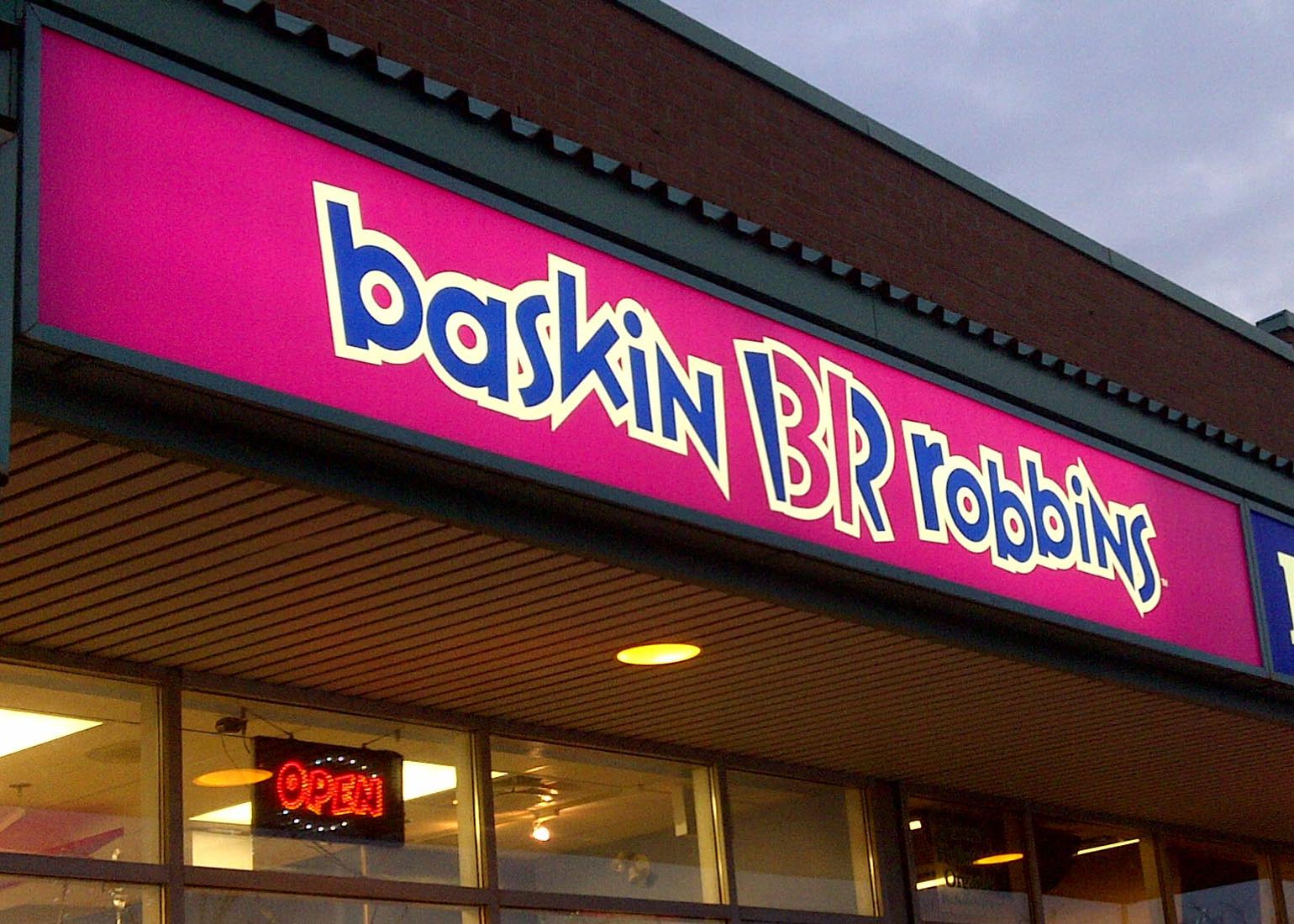“Surprise!” is a welcome exclamation on birthdays and anniversaries but not on construction projects. Unexpected events usually increase costs. In rare cases, an unpredicted expense can cause an owner to scuttle a project.
Unexpected budget busters sometimes stem from poor communication among designers, contractors and owners. Other times, ignorance of local building codes or unusual code interpretations inflate costs. In some cases, issues crop up after construction starts — site conditions that are not known until a backhoe starts digging or outdated utilities found hidden behind walls — for example.
Owners should be aware of common budget busters and strategies to prevent them from derailing projects. To get some insights, rd+d spoke with seasoned designers and contractors about common issues that challenge project cost structures and what to do about them. Their advice? Get detailed answers to important questions well in advance of breaking ground.
The lease: Who pays for what?
Terms of a lease can protect restaurant owners from some budget busters if the owner negotiates advantageously. In many cases, though, the restaurateur or franchisee goes into lease negotiations at a disadvantage because developers and landlords are much more familiar with the intricacies of property sales and leases.
 “Landlords are savvy,” says Greg Klimko, director of architecture at Parkway Construction & Associates in Lewisville, Texas. “Restaurateurs can be pretty naïve.” Ignoring fine print in the lease can be costly and result in the restaurant owner paying for expensive infrastructure upgrades, for example, unless that work is specifically designated as the landlord’s responsibility.
“Landlords are savvy,” says Greg Klimko, director of architecture at Parkway Construction & Associates in Lewisville, Texas. “Restaurateurs can be pretty naïve.” Ignoring fine print in the lease can be costly and result in the restaurant owner paying for expensive infrastructure upgrades, for example, unless that work is specifically designated as the landlord’s responsibility.
“Retail spaces only need 1-inch water lines,” notes Bob Murphy, director of construction for Parkway. “Restaurants need at least 1-and-a-half-inch pipes — sometimes more than 2-inch pipes.” So, a conversion of a store into a restaurant often requires infrastructure alterations. Upgrading a water supply may involve digging up the old pipe by jack hammering the concrete floor slab, and then perhaps tearing out a wall section.
Similar issues can arise with electrical and gas feeds. None are cheap fixes. Murphy recommends engaging your contractor and systems engineers to inspect the space before hashing out the details of the lease. “Have them look at the quality of HVAC and other infrastructure,” he says.
On new construction projects, developers can more easily accommodate infrastructure specifications if they know about them early. “You want to have the developer or landlord put your infrastructure in the slab if possible,” says Rodolfo Farber, president of Jaime Partners, a construction management firm based in San Diego.
Other features to consider are grease traps and kitchen exhausts. Are these present and in useable condition? Are they sized correctly for your needs?
In new construction, special site conditions such as retaining walls or drainage features might end up costing the restaurateur a bundle if the developer tries to pass on the cost. An excavation could uncover buried hazardous waste that has to be removed and disposed of properly. Make sure the lease or purchase and sale agreement makes clear who will bear the cost of this work — preferably not you.
Have your architect and contractor on board before beginning negotiations, experts emphasize. Read the terms of lease with them before signing anything.
The infrastructure: What’s behind walls, under floors?
Retrofits of old buildings can be rife with budget busters. An old HVAC system may be about to fail. Old water feeds may have corroded. “There’s no way of knowing that until you do an investigation,” says Judd Brown, president, Judd Brown Design, based in Providence, R.I.
“If the building hasn’t been retrofitted over the past 10 years, that could be a red flag,” Farber says. Major retrofits typically require that the space be brought up to code, but work done more than a decade ago may not be up to current standards.
Makeshift repairs or alterations not reflected in the building’s design documents can pose structural problems. “Retrofitted buildings get bastardized over the years,” Brown says. You might find asbestos in an old attic or basement, or discover that a couple of beams were cut or notched years before to accommodate a sprinkler system or duct work, he notes. Such defects can be costly to remedy. The earlier they are discovered, the better.
Codes and permits: What cost impact will they have?
Don’t overlook additional expenses stemming from codes and permitting. For example, most communities require a special use permit for drive-thru windows. That and other site attributes, such as too few parking spaces, may require a waiver from the zoning or planning board. These issues mean that your designer or contractor has to put together documents and perhaps attend board meetings on your behalf. They will, of course, have to be compensated for these efforts.
Murphy recommends meeting with the city planner or other authority during the project’s conceptual stage to get a feel for how long it might take to obtain approvals. “The typical casual restaurant takes five to six months to build,” he says. “Approvals can take as long as two years.” You don’t want to be in a position where your lease begins before you have all the necessary permits.
State laws governing liquor licenses vary greatly, so knowing what to expect from the licensing authority will prevent unpleasant surprises. A few states have high demand for a limited number of licenses that can cost several hundred thousand dollars, Klimko says, which can be “deal killers.” Franchised chains usually know of permitting and licensing issues, he says, but when they enter a new territory they can sometimes be caught off guard.
Codes vary by state and by community, and change frequently. California has strict rules regarding air emissions that it updates often, for example. Restaurants that cook with wood-fired ovens in the Golden State may have to install large filtration units to trap particles that degrade air quality, Farber points out.
Major renovations often prompt updates or replacement of grandfathered safety systems and features. Sprinkler systems and egress features such as handicapped ramps and elevators may have to be made compliant with the latest code in extensive rehab projects.
Building inspectors sometimes interpret codes differently — especially in unusual circumstances. For example, Brown worked on a rehab project where a restaurant extended over two floors. Part of it had an existing firewall, but part of it didn’t. The code was unclear on what to do. The inspector wanted the project to create separate fire-resistant compartments with firewall-type protection in the interstitial space between floors. After some discussion, Brown convinced the inspector to allow a stair-stepped firewall protective enclosure instead, which reduced the size of the firewall area and saved money.
Finishes and features: Are they realistic?
Unrealistic expectations about the quality of finishes and furnishings can upset a budget because prices on some materials vary widely. Tile, for example, can run from $3 per square foot up to hundreds of dollars per square foot, Murphy points out. Inexperienced restaurateurs may have a certain look and level of finishes in mind but need to reassess when the building team tallies up the costs.
Brown stresses that the building team needs to treat unusual features with special care. For example, one of his firm’s projects included an area with glass walls and a roof that could open to create a temporary outdoor space. The vendor for the automated opening and closing mechanism was based in Germany. Developing the specifications for this feature took seven months of coordination between the building team and the vendor. Had something gone wrong, such as an incorrect measurement or weight estimation, the mistake could have been very costly, Brown says.
All in all, the earlier you can price out furniture, fixtures and equipment the better.
Schedule delays can be costly. A contractor forgetting to order a key material can throw off construction schedules. In such a case, the project team might have to pay a premium to expedite an order. Good communication and rigorous project management practices among the project team can reduce the likelihood of such costly instances.
Site-specific logistics: What is the impact on costs?
Certain sites pose unusual challenges. Logistics in malls or hotels, for instance, can be complicated because work can only take place during certain hours. Off-hours construction may be prohibited during certain hours, leaving little opportunity to make up schedule delays.
Staging materials may not be possible on site, so the project team might have to rent space elsewhere. Unlike most work sites where large dumpsters are located within the work zone for easy pickup, at a mall workers might have to move trash to a dumpster in the far reaches of a parking lot. This adds time and cost to the project.
Some conditions, such as union control of a site, can further complicate logistics and delay scheduling. “We have had instances where access to the building has been blocked by unions,” Brown says. Union members might control a service elevator in a building and deny access to non-union workers. This complicates logistics and can delay scheduling.
Change orders: How can they be minimized?
Every project is unique, but one principle always holds true: Most don’t progress exactly as planned. Construction documents might contain errors. Material shipments can be delayed. Subcontractors might be held up while completing another project. Or maybe the restaurateur alters a design after construction begins.
Terms of the construction contract come into play in these instances. Most agreements include a percentage of the total contract price as a contingency fee. This can vary from 5 percent to as much as 20 percent. A higher contingency percentage means that a higher value in change orders can be absorbed in the budget.
One important caution on change orders: Some contractors provide a low-ball bid to win a contract, knowing that the actual project cost will be considerably higher. When you check the contractor’s references, make sure that they don’t have a history of inflating change orders.
Though you can’t always predict what surprises will surface, you should expect that some will occur on your projects. Preparing for the common ones should reduce their impact on the budget and boosts the odds for a successful outcome.



